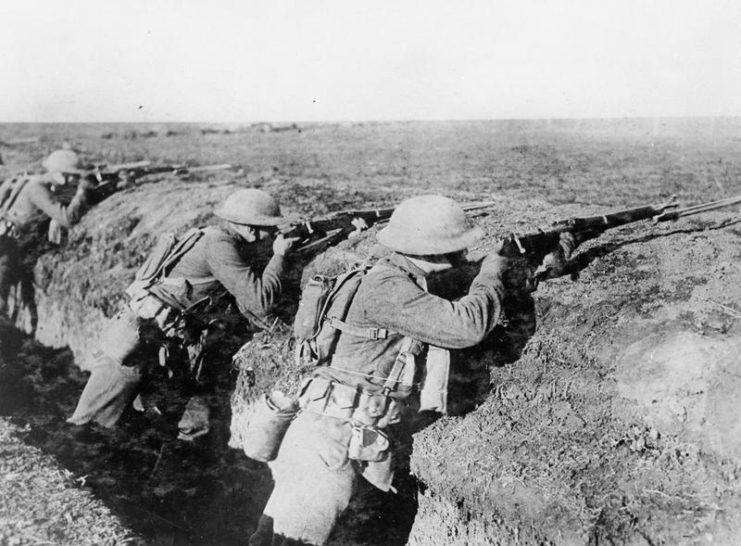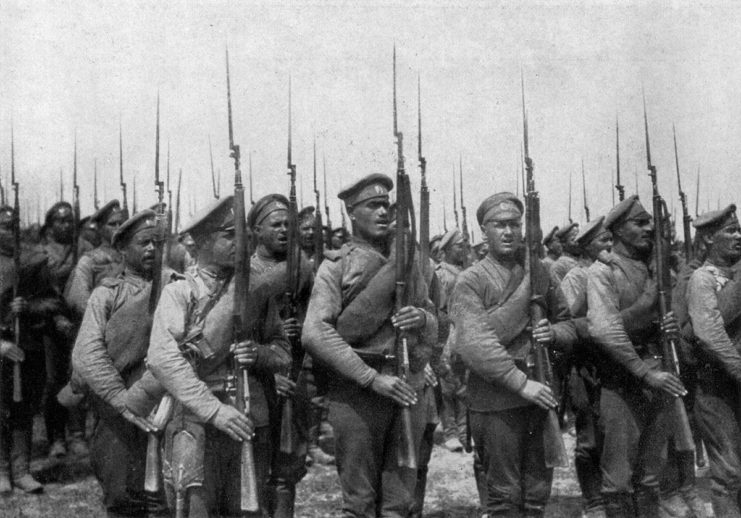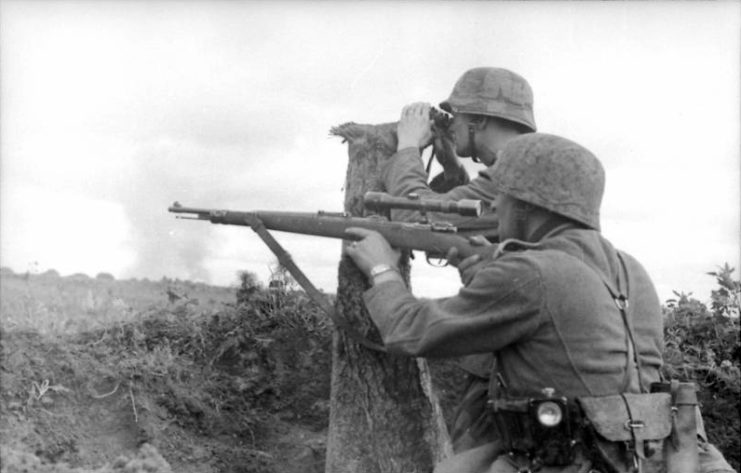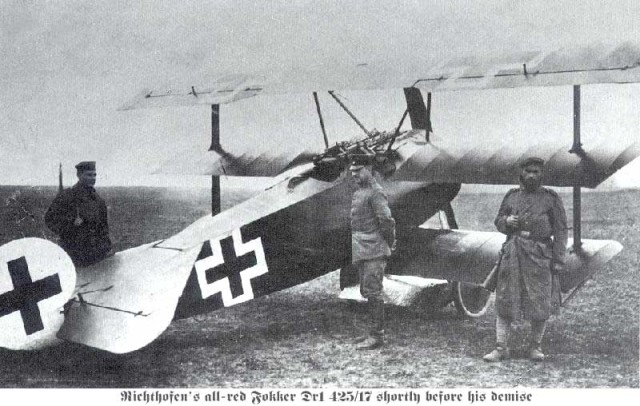This is the ceiling fan I have in our kitchen, I have had to take that thing down several times due to it "drooping", I had replaced the screws several times and it didn't work. I was going to try one more time before I totally replaced the junction box. I used the next size up self tapping screws and ran them into the threads so it would cut new threads as they went in. So far it has worked....
Also we have snow......Here in Georgia...south of Atlanta.....Snow......Wow
You believe it...Snow...?
I am shocked......Well I will have fun driving to work tonight......*bleh*
I was reading this Blog and it did resonate with me, I have commented in the past that
This is my first meme I ever made and it was made before I learned about meme generator. It was from a show called "Babylon5".
Well anyway I have commented that we as a society has lost our way, what has made us strong is now being disparaged. I have great concern that we will go like the Roman Republic/Empire where the values that made the republic were then cast out and the people became soft and were supplanted by the barbarians that were brought in to do what the Romans didn't. They learned the words, but didn't embrace the culture and the values. I keep getting parallels from back then to now.
Here is the snippet from that Blog I was Reading.
The English divine William Inge attributed the catastrophe of the Roman Empire to these same two causes: an endogenous failure of discipline and the exogenous challenge of a foreign element. The first cause, a failure of discipline, seems to follow on the heels of empire as surely as night follows day. As I wrote in an October post,
“To build an empire takes men of a special character: men who are bold and brave, and who believe they have a right to rule. But once an empire is built, it remorselessly destroys this character.”Or if you would like that from a greater authority than I, here is Edward Gibbon:
“A secret poison had been introduced by long peace and lethargic inactivity into the very bowels of the empire. Military spirit no longer existed. . . and the commanding genius of Rome forsook the polluted habitations of a luxurious and effeminate people.” (1)And, likewise, Inge, who tells us that, once Rome had made herself “mistress of the world,” “the Roman no longer felt himself a member of a militant community.” The long fight was over, and the time had come to taste the deadly fruits of victory (2).
“The idleness of the citizens, their extravagance and luxury, their insatiable greed of money, above all, their habit of vicious celibacy . . .” (2)Remember that celibacy does not necessarily entail chastity, only childlessness through avoidance of marriage or a marriage that is deliberately barren. When either course is accompanied by sexual indulgence, you have what Thomas Malthus called “vicious celibacy,” or what the Roman historian Tacitus described as “limiting the number of children” through abortion, infanticide, or sodomy of one sort or another (3).
Needless to say, once they had conquered the continent and established their empire, those Old American pioneers did not refuse the deadly fruits of victory. Many pretended they were still driving their ducklings to the water, but ever growing numbers fell into a fatal dream-world of idleness, luxury, greed, and vicious celibacy.
I don't know what the future holds and I fear for what my son will inherit because so many of my countrymen has forsaken their birthright of American Exceptionalism and embraced the snake oil being peddled by fakers and shysters and other leftist where we are being made to believe that we are a toxic culture and deserve to get wiped out. Once we the descendents of Western thoughts are eradicated, the culture of the individual will no longer exist and it will matter not who you are, but who your tribe is, your family is, who your ethnic group is, who your gender is. We will truly become the nameless faceless masses .that 1984 and many other movies and books have described.




 Secret Base on [REDACTED]
Secret Base on [REDACTED] 













































